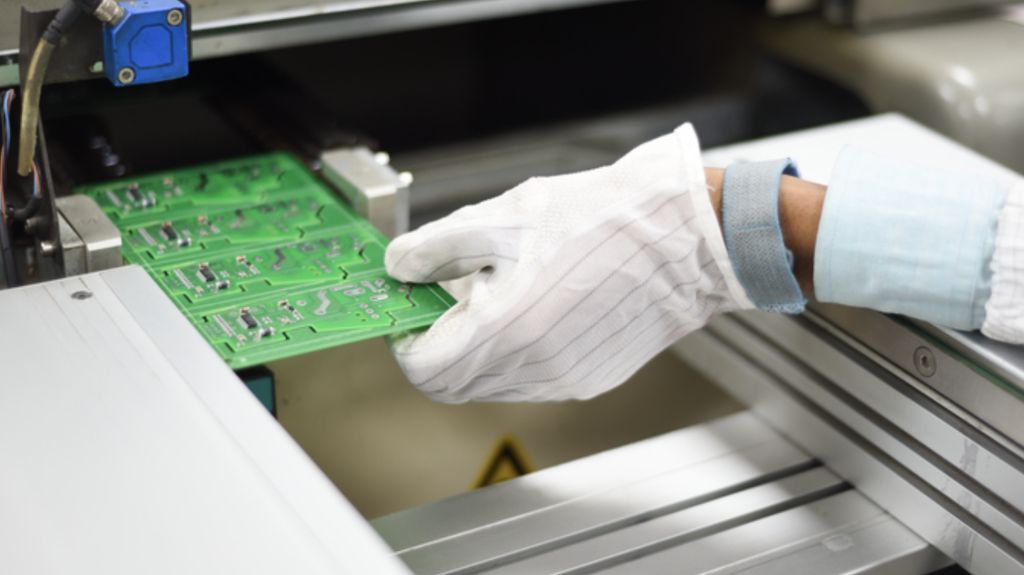Machine Vision Systems have wide applications in the manufacturing industry. They are capable of automating processes such as product tracking and traceability. In addition, they can automate measurements and calibration, which can be critical for a safe work environment. This technology can also be used to improve the safety of food supplies and construction sites. Here are some of the ways that Machine Vision Systems can improve your business. Let’s take a closer look at each application.
Systems are the camera and lens
The basic components of a machine vision system are the camera and lens. These two elements are integrated into the machine. The camera establishes the field of view, which is a two-dimensional area where the camera can observe the part. The lens also determines the depth of focus, or focal point, which relates to the ability to observe features on a part. The lens may be interchangeable or fixed. Longer lenses provide higher magnification, but reduce the field of view.
The next step in the process is the processing of the images. Filters help machine vision systems identify objects, which are then processed. In some cases, this data is analyzed to determine the shape, size, and specific data. The machine vision system then sends this information to the processing unit for analysis. This software can then determine whether or not the object passes the inspection. Depending on the application, these technologies can automate a wide variety of tasks.
The size, shape, and color
Once the image has been analyzed, it is then translated into an understandable format. The system can read numbers and text, as well as measure the dimensions of an object. It can also determine the size, shape, and color of an object. These measurements are then reported using standardized outputs. This data can then be sent to a logging device, or to a third-party system for further processing. If you’re looking for a way to automate your production process, Machine Vision Systems are a great place to start.
A Machine Vision System’s sensor captures light and converts it into a digital image. These sensors use CMOS or CCD technology to make the images. The resolution is the number of pixels in the digital image. The higher the resolution, the more details can be resolved. The resolution is crucial for the quality of an image. When comparing different camera products, it’s important to consider their specifications. It’s essential to ensure that the machine vision system is capable of working with different materials and processes.
The communications protocol
The next element of a Machine Vision System is the communications protocol. This is the means by which the system communicates with other components of the production process. Depending on the communication protocol, it can send the image to another system or to another computer. In the end, Machine Vision Systems enable companies to automate many different tasks. They can speed up production by automating assembly verification, locating parts, and gauging. These systems are especially beneficial for the manufacturing industry.
A Machine Vision System uses an image sensor to convert light from a lens into a digital image. The sensor uses either CMOS or CCD technology to translate photons into electrical signals. These sensors are made up of pixels. In this way, they can detect the presence of light in areas that are not visible to the naked eye. They also allow for faster and more accurate inspection. In addition to their other benefits, Machine Vision Systems can help reduce production costs in manufacturing.
Inspect and process materials
A Machine Vision System can be used to inspect and process materials. These systems use images to guide manufacturing and quality control processes. They can also be used for inspection purposes. The machines that are able to operate with a Machine Vision System will be able to automatically perform tasks that are not possible or feasible manually. These machines can be programmed to automate repetitive tasks such as sorting or grading. In addition, they will save time and money.
In Last:
The most common applications for Machine Vision Systems are in industrial settings. For example, the processing of objects and images involves several steps. These steps include image segmentation, thresholding, and pixel counting. They can also perform barcode scanning, optical character recognition, and gauging. For these applications, they are a crucial tool. And they can help you improve your business. So, let’s take a closer look at this technology!

